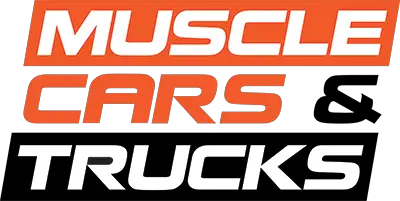The state of Washington wants to figure out what it’s going to take to get gasoline “Superusers” to switch to electric vehicles, and to do that, it’s going to hire a team of field researchers to study their behaviors. The state’s legislature approved a bill to appropriate $450,000 toward the project, which will put researchers in the field to determine the habits of “Superusers”.
The term “Superuser” was coined by Coltura, an EV advocacy group based in Seattle, to describe the 10% of light-duty-vehicle drivers who use 32% of all gasoline bought by all light-duty drivers. It’s also a term used commonly in the IT industry. In this case, it feels an awful lot like a negative label put on motorists who may have a far commute, or drive a vehicle that consumes more fuel than average. Considering Washington’s agenda to criminalize the sale of new ICE vehicles in the not-too-distant future, there’s little reason to believe that the study’s intentions are pure.

Conversion Therapy Study For Fuel “Superusers”
The information was based on a 2017 National Household Travel Survey (NHTS) conducted by the Federal Highway Administration (FHWA). The NHTS surveyed 130,000 households and found that Superusers burned more than 1,000 gallons of gas each year, and traveled over 30,000 miles. Superusers account for about 25 million people nationwide, which represents a significant amount of gasoline usage and emissions.
Washington’s study will look dig deep into the Superuser, determining what area they live in, what they drive, how much they spend on gasoline, and what might inspire them to switch to a battery-electric or hybrid vehicle. EV conversion therapy, in other words.
The Seattle Times recently conducted a study of Superusers in the city and found that most of them drive a Ford F-150 and live in a rural area, while 7% of Washington state drivers used 25% of the gasoline.
The results of Washington’s study will be given to the governor on January 1st, 2023, after which a report will be released to determine what should be done to inspire the Superusers to make the switch. The hope is to take the vehicles that pollute the most and replace them with models that have none or very little tailpipe emissions. Never mind the fact that they pollute in other ways that are outside the framework of EPA, NHTSA and DOT regulations. Or that the metals required for EV battery chemistry continue to hockey stick in price.
Coltura wants the state to introduce a modern EV incentive for Superusers based on their vehicle usage, which would see Superusers receiving a larger kickback from the government than those that only drive their vehicle occasionally, rather than a flat rate for all drivers looking to make the switch.
The government study will likely lead to another, more modern version of “Cash for Clunkers“, where people trade in their old ICE vehicles for an EV coupon. By destroying a swath of used cars, trucks and SUVs (“clunkers” in this case), such a program is almost certainly going to strain the used vehicle market even further, which is what happened before, as their prices continue to climb as a result of thin inventories, demand for less “connected” vehicles, and the freedom to fix and repair them as owners see fit.







The real question is …..”what do we do about the people who keep wasting oxygen whine about fuel use?”
You know …. when you think about it using 1000 gallons of gasoline to travel 30,000 miles seems pretty reasonable since that works out to 30 MILES TO THE GALLON.
Why not use that $450,000 to offset the Biden fuel price increase?
Have no intention to give up my gas powered vehicle. This is just another tax scam, like the first”Cash for Clunkets”, or whatever name it gets
Don’t piss that money away it’s really simple. EVs don’t have the capability to replace those vehicles and be usable.
My everyday – EVERYDAY, as in 25 miles each way to work and back plus normal errands and grocery shopping – is a 2019 Camaro 2SS 6 speed manual. I fully intend on owning and driving it for 10 years and 200,000 miles. Or more if by that point no gasoline V8s with a manual transmission are available.
To paraphrase Charlton Heston: they’ll have to pry my gasoline V8 and manual transmission from my cold, dead hands.